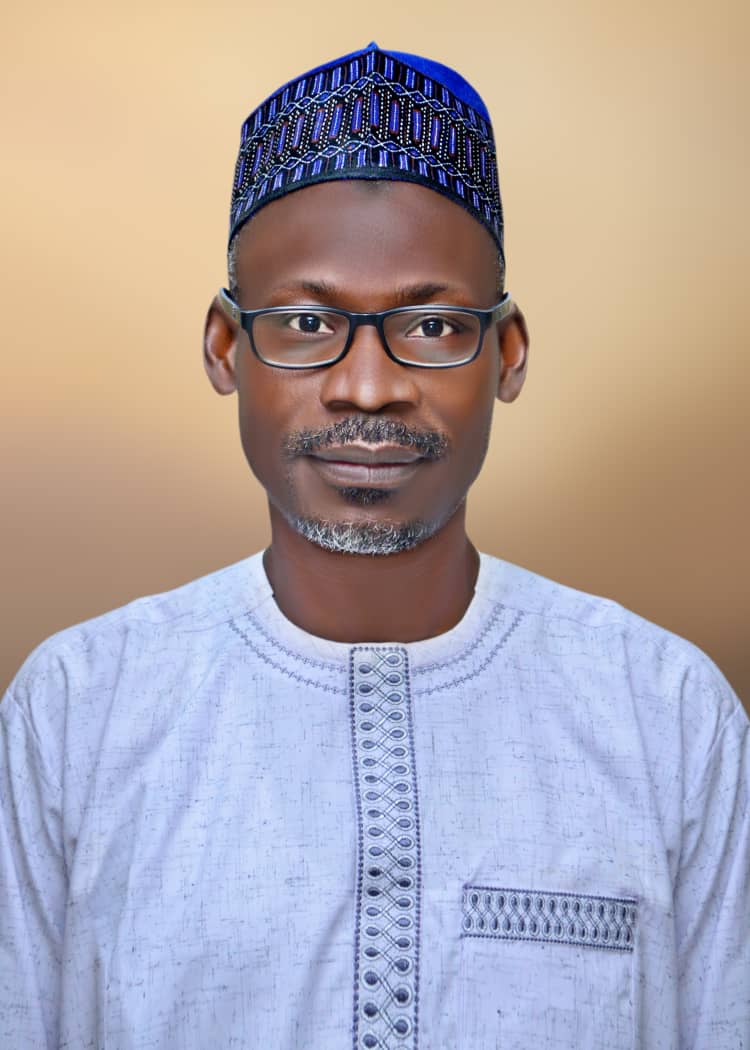The development of any nation depends largely on its ability to provide infrastructure as platform for transformation and development. Most developing countries that falls in this category have consistently remained in same stagnant position of backwardness due to inadequate infrastructural facilities which has continually inhibited progress and development at all levels.
Several countries in Africa are currently in this pathetic situation due to lack of basic facilities and provisions like proper infrastructural data that would readily inform policy making, proper planning and engender rapid development.
Developed nations of the world utilise Geospatial Information Systems (GIS) on regular basis to collect data for proper planning and decision making. Little wonder, Nigeria has taken the bull by the horn to key into the Georeference Infrastructure and Demographic Data for Development known as GRID3 project in order to make life more meaningful to her citizenry as well as to ensure radical development across the nook and cranny of the country.
The GRID3 project is an international initiative to support low and middle income countries to collect, analyse, integrate, disseminate and utilize high resolution georeferenced data on population, health, boundaries, settlements, and infrastructure.
This project which was embarked upon through the National Space Research and Development Agency (NASRDA) in partnership with foreign partners like the Centre for Earth Science International Network (CIESIN) of Columbia University, United Nations Population Fund (UNFPA), World Pop at University of Southampton, Flowminder Foundation, Bill and Melinda Gates Foundation and UK DFID.
The GRID3 Nigeria project embarked on a study of various states in the country to know the current status of GIS facilities, legal framework and data sharing policies, personnel and knowledge level, as well as GIS utilization for decision making process.
The National Space Research and Development Agency under the leadership of its Director-General, Dr Halilu Ahmad Shaba who until his recent elevation was Director, Strategic Space Applications department of the Agency has during the first phase of the survey employed space science applications skills for the propagation of the GRID3 Nigeria project with the selection of six states from the six geopolitical zones of the country and Federal Capital Territory. The states are Cross River state in South-south, Bauchi state from the North-East, Enugu state from South-East, Kaduna state from North-West, and Lagos state from South-west.
This unique project has provided opportunity for the Space Agency to further strengthen its capacity and capability in providing expert services in the field of Space science, Engineering, Cartography, Geographic Information Systems (GIS), Information Technology, Remote Sensing, Security, Environmental Management and a lot more for informed policy and decision making.
States that were selected for the first phase of the GRID3 Nigeria project were chosen based on three criteria. First, it must be a state from each geopolitical zone of the country, secondly it should have an existing and functional GIS centre; and lastly, the presence of highly trained GIS personnel.
The first phase of the project focused on upgrade of physical and IT infrastructure especially in cases where there are availability of existing GIS facility, training on GIS capacity strengthening, GRID3 data portal management and support for the GIS centre.
The NASRDA GRID3 team carried out a critical survey of the six selected states and Abuja and the findings revealed that each state had peculiar challenges and at varying degree of development and implementation. The project team also presented state specific recommendations and general recommendations to ensure the successful implementation of GRID3 Nigeria Project primed upon institution, data sources, accessibility and utilization, software and hardware.
One of the recommendations of the project team was the need for the current status of the GIS Centres be scaled–up to function as spatial data infrastructure where other stakeholders will be connected as node for easy access to needed datasets. It also recommended that other institutions and ministries should establish functional GIS laboratories to serve as nodes to ensure ease of data sharing between the ministry and GIS centres. This was meant to guarantee a robust geospatial datasets as necessary component of decision making process by state government during policy formulation and implementation for an informed decision in line with the objective of Nigeria GRID3 project of using high-resolution geo-referenced data along with other key spatial datasets for evidence based development and humanitarian decision making.
The team also recommends that all government’s ministries, departments and agencies producing or utilizing GIS datasets must have a GIS implementation Strategy document and GIS policy in their establishments and organizations. The need for training was one of the urgent needs gathered from the survey, while the report recommended that staff with basic GIS skills be nominated for training to raise the level of manpower in the states, and stressed the need for decision makers to be enlightened on the importance of using geospatial data and GIS for informed decisions.
It was also observed that lack of standardized data collection and unified data format was absent across the various selected states as the survey emphasized a GRID3 data standard and format but without prejudice to the existing data standard and format.
The GRID3 Nigeria project has significantly contributed to the eradication of polio in the country. The GIS-based maps have helped health workers develop effective micro plans at the ward level to ensure that every settlement is visited and target population are reached.
The GRID3 Nigeria project successfully produced 774 local government area GIS-based maps for the National Primary Health Care Development (NPHCDA) to support the COVID-19 vaccination across the country.
The project created an avenue for the development of the monitoring and evaluation tool called “The Eye Mark” a mobile and web application that will incorporate the geospatial capabilities at different administrative units for Nigerians to appraise projects by Ministries, departments and agencies.
This programme will not only provide GIS based data, but it is indeed a veritable tool for the sustainability and delivery of some sustainable development goals in Nigeria, particularly the social intervention programmes and other humanitarian responses.
It must be emphasized that with the GRID3 Nigeria project, relevant data and information on boundaries harmonization in relevant areas like agriculture, commerce, education, health and safety among others will be uploaded to the national data platform for easy access by relevant planners, policy and decision makers.
There is no gain-saying the fact that access to GIS data supports effective planning as well as decision making, which from the analysis by the team stands as a major challenge in all the selected states of study. It is therefore pertinent to note that the GRID3 Nigeria project is indeed an answer to our numerous problems as a nation while its current innovative efforts and approach are not only timely but indeed a catalyst for the socio-economic development of our dear nation and the actualization of the Nigeria nation of our dream.


